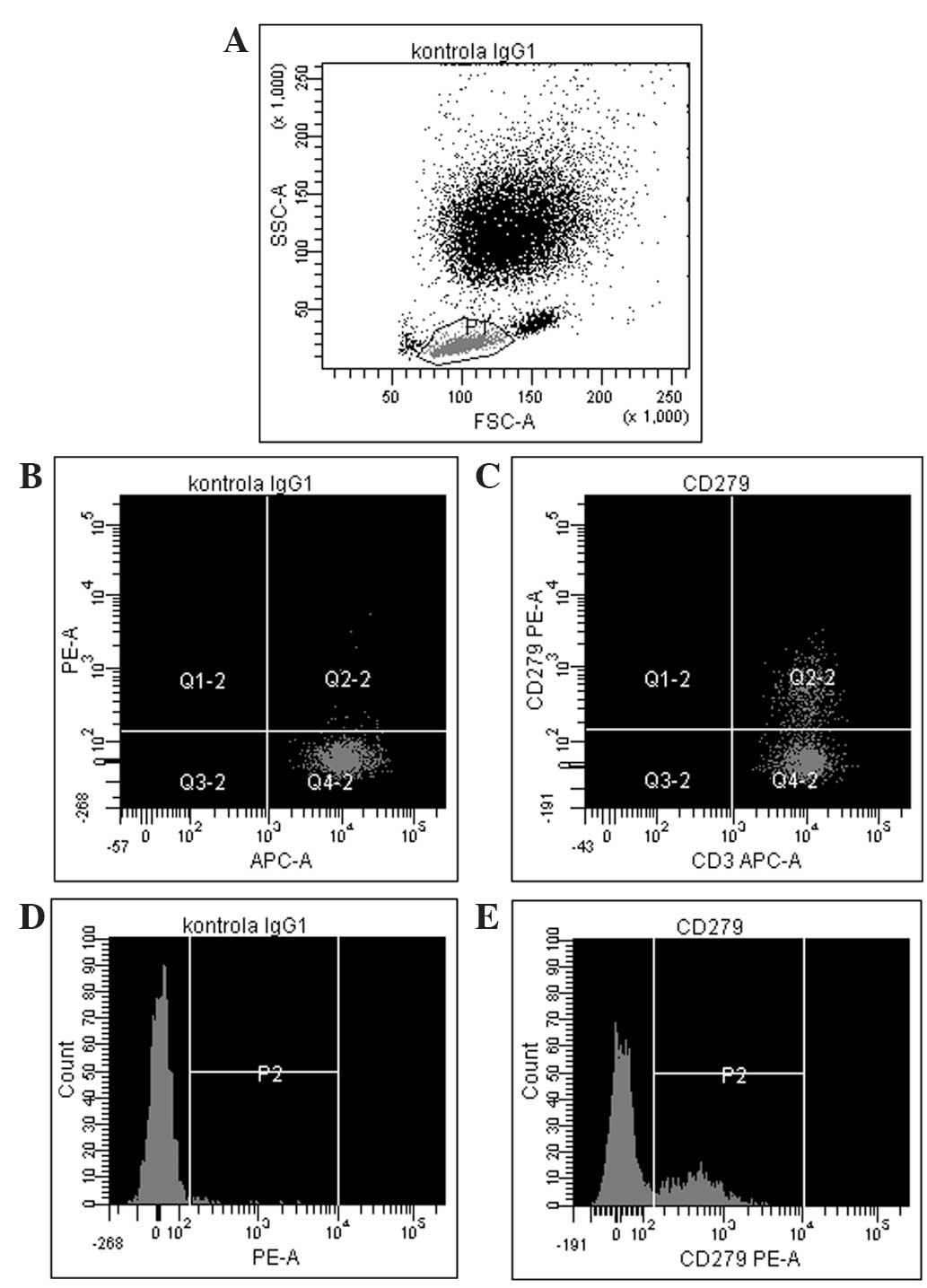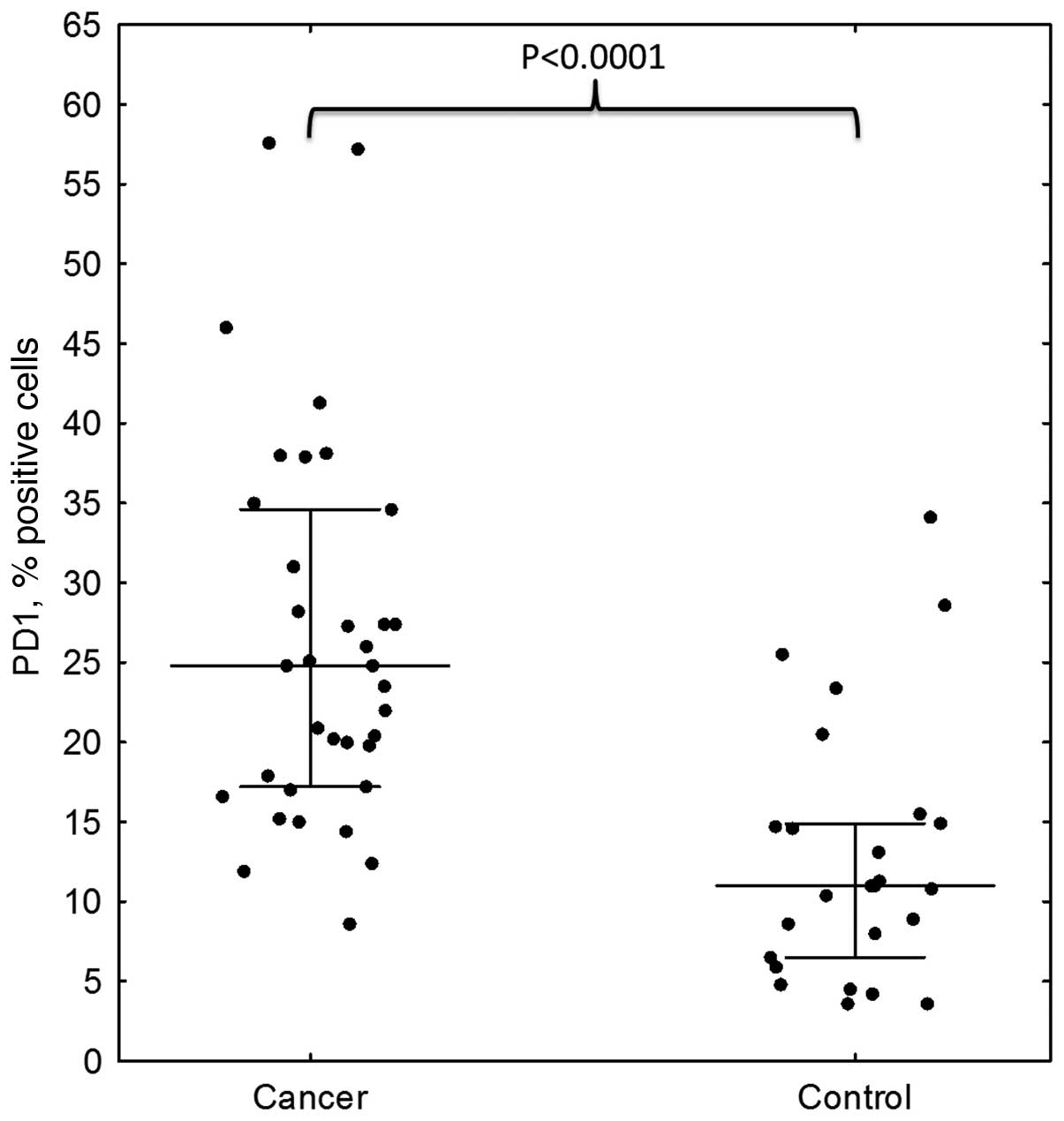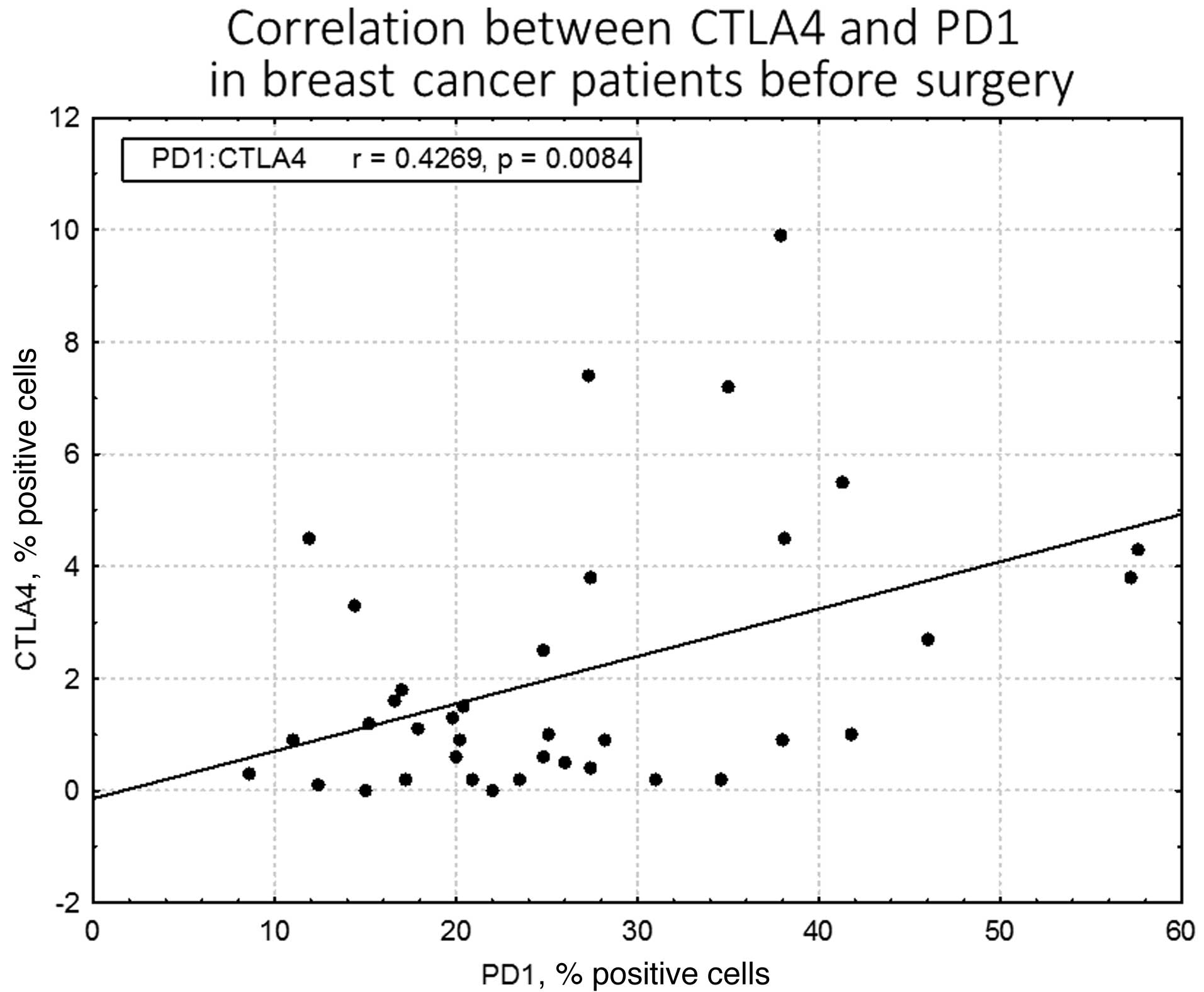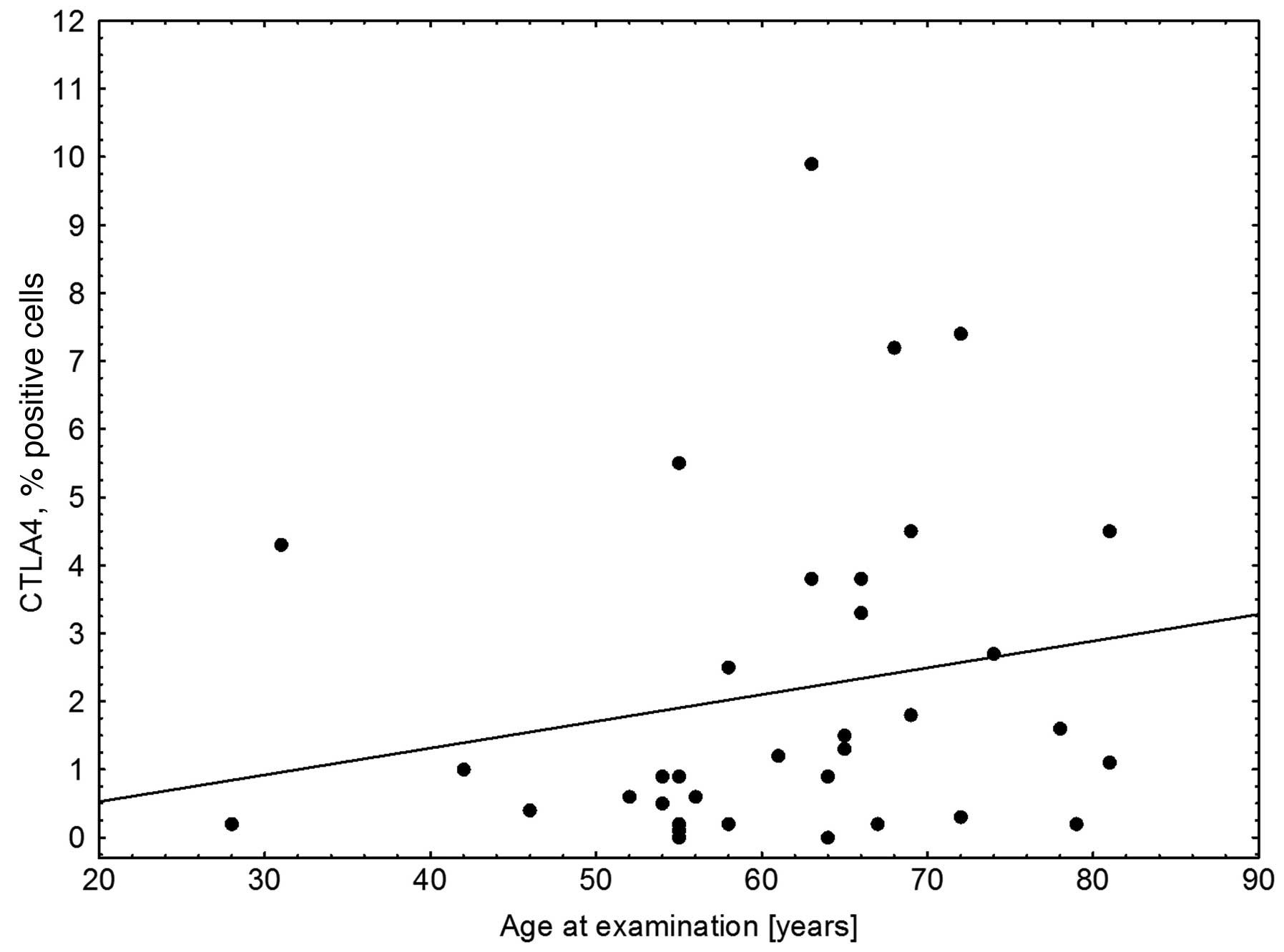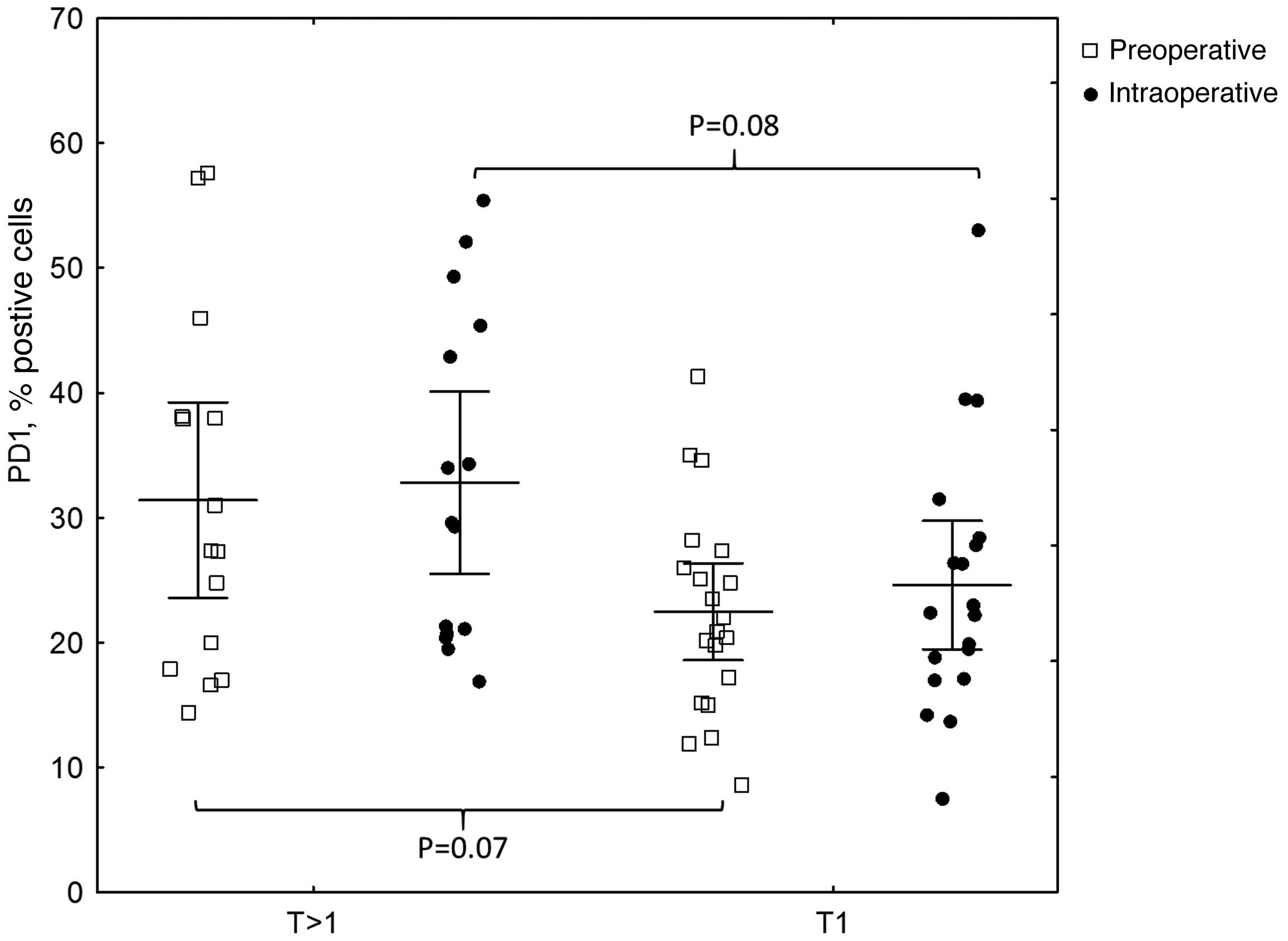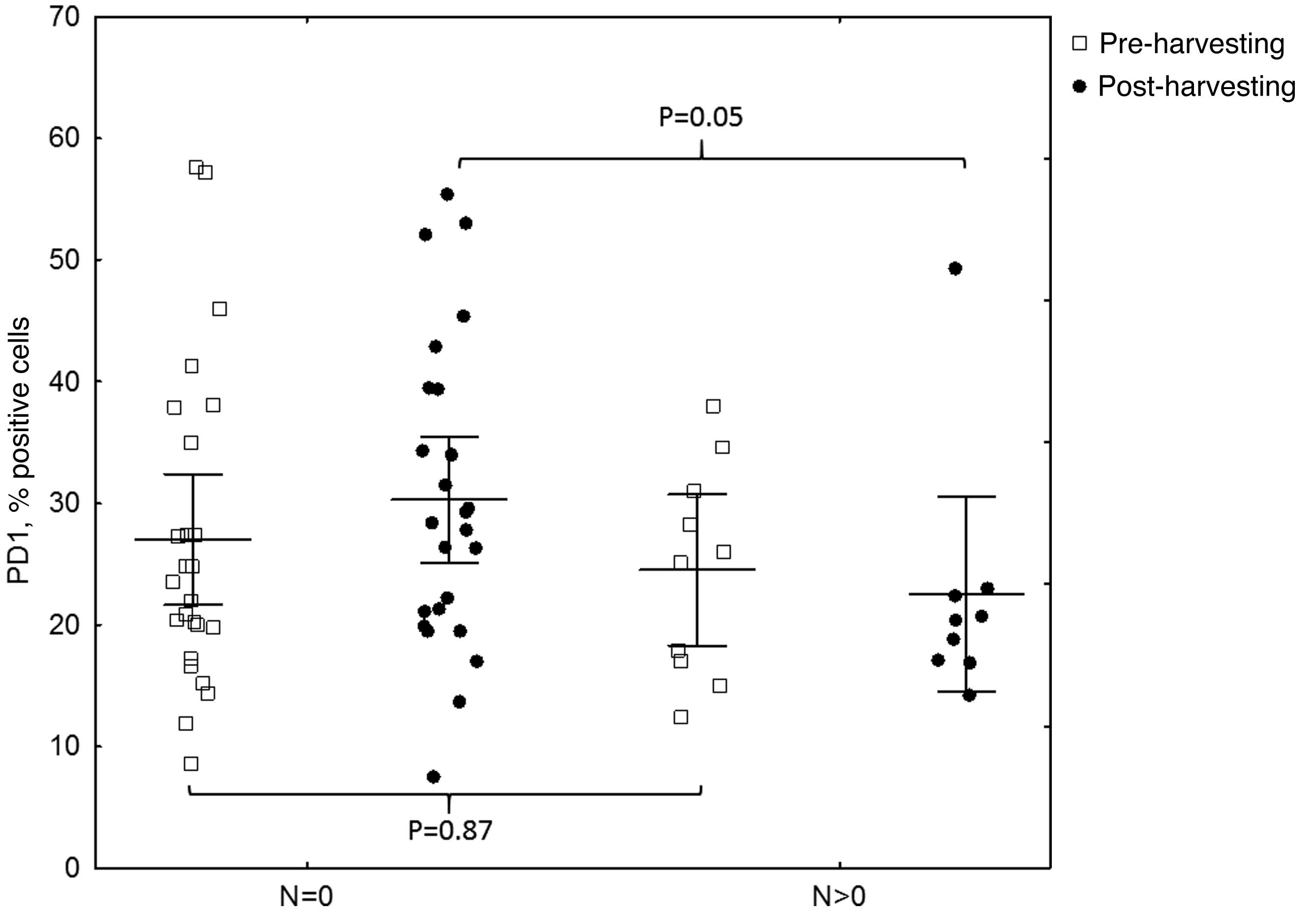|
1
|
Urban JA and Baker HW: Radical mastectomy
in continuity with en bloc resection of the internal mammary
lymph-node chain; a new procedure for primary operable cancer of
the breast. Cancer. 5:992–1008. 1952. View Article : Google Scholar : PubMed/NCBI
|
|
2
|
Halsted WS: I. The Results of Operations
for the Cure of Cancer of the Breast Performed at the Johns Hopkins
Hospital from June, 1889, to January, 1894. Ann Surg. 20:497–555.
1894. View Article : Google Scholar : PubMed/NCBI
|
|
3
|
Giuliano AE, Kirgan DM, Guenther JM and
Morton DL: Lymphatic mapping and sentinel lymphadenectomy for
breast cancer. Ann Surg. 220:391–398. 1994. View Article : Google Scholar : PubMed/NCBI
|
|
4
|
Giuliano AE, Hunt KK, Ballman KV, Beitsch
PD, Whitworth PW, Blumencranz PW, Leitch AM, Saha S, McCall LM and
Morrow M: Axillary dissection vs no axillary dissection in women
with invasive breast cancer and sentinel node metastasis: a
randomized clinical trial. JAMA. 305:569–575. 2011. View Article : Google Scholar : PubMed/NCBI
|
|
5
|
Galimberti V, Cole BF, Zurrida S, et al
International Breast Cancer Study Group Trial 23-01 investigators:
Axillary dissection versus no axillary dissection in patients with
sentinel-node micrometastases (IBCSG 23-01): a phase 3 randomised
controlled trial. Lancet Oncol. 14:297–305. 2013. View Article : Google Scholar : PubMed/NCBI
|
|
6
|
Gentilini O and Veronesi U: Abandoning
sentinel lymph node biopsy in early breast cancer? A new trial in
progress at the European Institute of Oncology of Milan (SOUND:
Sentinel node vs Observation after axillary UltraSouND). Breast.
21:678–681. 2012. View Article : Google Scholar : PubMed/NCBI
|
|
7
|
Reimer T, Hartmann S, Stachs A and Gerber
B: Local treatment of the axilla in early breast cancer: Concepts
from the national surgical adjuvant breast and bowel project B-04
to the planned intergroup sentinel mamma trial. Breast Care Basel.
9:87–95. 2014.PubMed/NCBI
|
|
8
|
Pardoll DM: The blockade of immune
checkpoints in cancer immunotherapy. Nat Rev Cancer. 12:252–264.
2012. View
Article : Google Scholar : PubMed/NCBI
|
|
9
|
Topalian SL, Hodi FS, Brahmer JR, et al:
Safety, activity, and immune correlates of anti-PD-1 antibody in
cancer. N Engl J Med. 366:2443–2454. 2012. View Article : Google Scholar : PubMed/NCBI
|
|
10
|
Ott PA, Hodi FS and Robert C: CTLA-4 and
PD-1/PD-L1 blockade: New immunotherapeutic modalities with durable
clinical benefit in melanoma patients. Clin Cancer Res.
19:5300–5309. 2013. View Article : Google Scholar : PubMed/NCBI
|
|
11
|
Eggermont AM, Spatz A and Robert C:
Cutaneous melanoma. Lancet. 383:816–827. 2014. View Article : Google Scholar : PubMed/NCBI
|
|
12
|
Lipson EJ, Sharfman WH, Drake CG, et al:
Durable cancer regression off-treatment and effective reinduction
therapy with an anti-PD-1 antibody. Clin Cancer Res. 19:462–468.
2013. View Article : Google Scholar : PubMed/NCBI
|
|
13
|
Loi S: Tumor infiltrating lymphocytes
(TILs) indicate trastuzumab benefit in early-stage HER2-positive
breast cancer (HER2+ BC). Presented at the. San Antonio
Breast Cancer Symposium. 2013.https://www.conferencenotes.co/conferences/5467ecb588d6868d254609f6/presentations/54739f542e0507a22d1b9341?referrer=history
|
|
14
|
Beavis PA, Milenkovski N, Henderson MA, et
al: Adenosine receptor 2A blockade increases the efficacy of
anti-PD1 through enhanced antitumor T-cell responses. Cancer
Immunol Res. Feb 11–2015.(Epub ahead of print). View Article : Google Scholar : PubMed/NCBI
|
|
15
|
Denkert C, von Minckwitz G, Brase JC, et
al: Tumor-infiltrating lymphocytes and response to neoadjuvant
chemotherapy with or without carboplatin in human epidermal growth
factor receptor 2-positive and triple-negative primary breast
cancers. J Clin Oncol. 33:983–991. 2015. View Article : Google Scholar : PubMed/NCBI
|
|
16
|
Verbrugge I, Hagekyriakou J, Sharp LL, et
al: Radiotherapy increases the permissiveness of established
mammary tumors to rejection by immunomodulatory antibodies. Cancer
Res. 72:3163–3174. 2012. View Article : Google Scholar : PubMed/NCBI
|
|
17
|
Bos PD, Plitas G, Rudra D, Lee SY and
Rudensky AY: Transient regulatory T cell ablation deters
oncogene-driven breast cancer and enhances radiotherapy. J Exp Med.
210:2435–2466. 2013. View Article : Google Scholar : PubMed/NCBI
|
|
18
|
Vonderheide RH, LoRusso PM, Khalil M, et
al: Tremelimumab in combination with exemestane in patients with
advanced breast cancer and treatment-associated modulation of
inducible costimulator expression on patient T cells. Clin Cancer
Res. 16:3485–3494. 2010. View Article : Google Scholar : PubMed/NCBI
|
|
19
|
Elston CW and Ellis IO: Pathological
prognostic factors in breast cancer. I. The value of histological
grade in breast cancer: Experience from a large study with
long-term follow-up. Histopathology. 19:403–410. 1991. View Article : Google Scholar : PubMed/NCBI
|
|
20
|
Allred DC, Harvey JM, Berardo M and Clark
GM: Prognostic and predictive factors in breast cancer by
immunohistochemical analysis. Mod Pathol. 11:155–168.
1998.PubMed/NCBI
|
|
21
|
Wolff AC, Hammond ME, Hicks DG, Dowsett M,
McShane LM, Allison KH, Allred DC, Bartlett JM, Bilous M,
Fitzgibbons P, et al American Society of Clinical Oncology; College
of American Pathologists: Recommendations for human epidermal
growth factor receptor 2 testing in breast cancer: American Society
of Clinical Oncology/College of American Pathologists clinical
practice guideline update. J Clin Oncol. 31:3997–4013. 2013.
View Article : Google Scholar : PubMed/NCBI
|
|
22
|
Legat A, Speiser DE, Pircher H, Zehn D and
Fuertes Marraco SA: Inhibitory receptor expression depends more
dominantly on differentiation and activation than “exhaustion” of
human CD8 T cells. Front Immunol. 4:4552013. View Article : Google Scholar : PubMed/NCBI
|
|
23
|
Poschke I, De Boniface J, Mao Y and
Kiessling R: Tumor-induced changes in the phenotype of
blood-derived and tumor-associated T cells of early stage breast
cancer patients. Int J Cancer. 131:1611–1620. 2012. View Article : Google Scholar : PubMed/NCBI
|
|
24
|
Azim HA, Brohée S, Peccatori FA, et al:
Biology of breast cancer during pregnancy using genomic profiling.
Endocr Relat Cancer. 21:545–554. 2014. View Article : Google Scholar : PubMed/NCBI
|
|
25
|
Poland GA, Ovsyannikova IG, Kennedy RB,
Lambert ND and Kirkland JL: A systems biology approach to the
effect of aging, immunosenescence and vaccine response. Curr Opin
Immunol. 29:62–68. 2014. View Article : Google Scholar : PubMed/NCBI
|
|
26
|
Martinet KZ, Bloquet S and Bourgeois C:
Ageing combines CD4 T cell lymphopenia in secondary lymphoid organs
and T cell accumulation in gut associated lymphoid tissue. Immun
Ageing. 11:82014. View Article : Google Scholar : PubMed/NCBI
|
|
27
|
Stagg J, Andre F and Loi S:
Immunomodulation via chemotherapy and targeted therapy: A new
paradigm in breast cancer therapy? Breast Care Basel. 7:267–272.
2012. View Article : Google Scholar : PubMed/NCBI
|
|
28
|
Brahmer JR, Drake CG, Wollner I, et al:
Phase I study of single-agent anti-programmed death-1 (MDX-1106) in
refractory solid tumors: Safety, clinical activity,
pharmacodynamics, and immunologic correlates. J Clin Oncol.
28:3167–3175. 2010. View Article : Google Scholar : PubMed/NCBI
|
|
29
|
Wolchok JD, Kluger H, Callahan MK, et al:
Nivolumab plus ipilimumab in advanced melanoma. N Engl J Med.
369:122–133. 2013. View Article : Google Scholar : PubMed/NCBI
|
|
30
|
Topalian SL, Sznol M, McDermott DF, et al:
Survival, durable tumor remission, and long-term safety in patients
with advanced melanoma receiving nivolumab. J Clin Oncol.
32:1020–1030. 2014. View Article : Google Scholar : PubMed/NCBI
|
|
31
|
National Comprehensive Cancer Network, .
Clinical Practice Guidelines in Oncology. Version 2. 2015
http://www.nccn.org/professionals/physician_gls/f_guidelines.asp#breastAccessed.
March 11–2015
|
|
32
|
Vallacchi V, Vergani E, Camisaschi C, et
al: Transcriptional profiling of melanoma sentinel nodes identify
patients with poor outcome and reveal an association of CD30(+) T
lymphocytes with progression. Cancer Res. 74:130–140. 2014.
View Article : Google Scholar : PubMed/NCBI
|
|
33
|
Goldhirsch A, Winer EP, Coates AS, et al:
Role: Panel membersPersonalizing the treatment of women with early
breast cancer: Highlights of the St Gallen International Expert
Consensus on the Primary Therapy of Early Breast Cancer 2013. Ann
Oncol. 24:2206–2223. 2013. View Article : Google Scholar : PubMed/NCBI
|
|
34
|
Prat A, Cheang MC, Martín M, et al:
Prognostic significance of progesterone receptor-positive tumor
cells within immunohistochemically defined luminal A breast cancer.
J Clin Oncol. 31:203–209. 2013. View Article : Google Scholar : PubMed/NCBI
|
|
35
|
Carroll JS: Steroids, nuclear receptors
and breast cancer. Preface. Mol Cell Endocrinol. 382:6232014.
View Article : Google Scholar : PubMed/NCBI
|
|
36
|
Denkert C: The immunogenicity of breast
cancer - molecular subtypes matter. Ann Oncol. 25:1453–1455. 2014.
View Article : Google Scholar : PubMed/NCBI
|
|
37
|
Loi S, Michiels S, Salgado R, et al: Tumor
infiltrating lymphocytes are prognostic in triple negative breast
cancer and predictive for trastuzumab benefit in early breast
cancer: Results from the FinHER trial. Ann Oncol. 25:1544–1550.
2014. View Article : Google Scholar : PubMed/NCBI
|
|
38
|
von Minckwitz G, Schneeweiss A, Loibl S,
et al: Neoadjuvant carboplatin in patients with triple-negative and
HER2-positive early breast cancer (GeparSixto; GBG 66): A
randomised phase 2 trial. Lancet Oncol. 15:747–756. 2014.
View Article : Google Scholar : PubMed/NCBI
|
|
39
|
Denkert C: Diagnostic and therapeutic
implications of tumor-infiltrating lymphocytes in breast cancer. J
Clin Oncol. 31:836–837. 2013. View Article : Google Scholar : PubMed/NCBI
|
|
40
|
Loi S, Sirtaine N, Piette F, et al:
Prognostic and predictive value of tumor-infiltrating lymphocytes
in a phase III randomized adjuvant breast cancer trial in
node-positive breast cancer comparing the addition of docetaxel to
doxorubicin with doxorubicin-based chemotherapy: BIG 02–98. J Clin
Oncol. 31:860–867. 2013. View Article : Google Scholar : PubMed/NCBI
|



